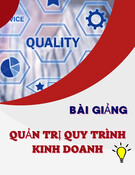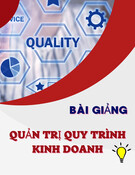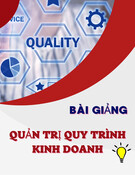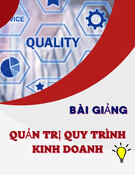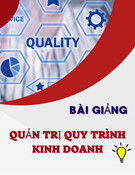
http://www.iaeme.com/IJM/index.asp 336 editor@iaeme.com
International Journal of Management (IJM)
Volume 7, Issue 7, November–December 2016, pp.336–343, Article ID: IJM_07_07_037
Available online at
http://www.iaeme.com/ijm/issues.asp?JType=IJM&VType=7&IType=7
Journal Impact Factor (2016): 8.1920 (Calculated by GISI) www.jifactor.com
ISSN Print: 0976-6502 and ISSN Online: 0976-6510
© IAEME Publication
CUSTOMER SATISFACTION WITH REFERENCE TO
INDIVIDUAL SPENDING PATTERN ON HOTEL
INDUSTRY: A CASE STUDY FOR HOTEL SILVER
PALACE
P.A Anawade
Research Scholar North Maharashtra University, Jalgaon, & Assistant Professor,
Department of Business Administration, College of Engineering & Technology,
Bambhori, Jalgaon-425001, Maharashtra.
Prof. Dr. Shilpa k. Bendale
Professor & Head, Department of Management,
KCE’s College of Engineering & Technology, Jalgaon-425001, Maharashtra.
ABSTRACT
Hotels and tourism industry are the biggest earners of the foreign exchange in India. Hotel and
tourism Industry is the strong base to increase the GDP of Indian economy. The idea behind this
study was to measure the level of customer satisfaction with respect to the hotel industry. Hence
researcher has taken a case study of silver Palace of Jalgaon city in Maharashtra. This paper gives
an idea about analysis of importance of customer satisfaction. The study was carried out with the
help of quantitative research by using questionnaire & it was designed on keeping in mind the basic
of customer satisfaction.
Based on the research results it is concluded that, the level of customer satisfaction for silver
Palace would be judged above average which is quite good. Although the majority of customers were
satisfied with the overall service quality of the hotel, some areas for improvement were found. It is
recommended that silver Palace should improve on variety of menu, space for parking, vehicle
facility for the tourists etc.
Key words: Customer Satisfaction, Hotel Industry, Service Quality & Potential Customers
Cite this Article: P.A Anawade and Prof. Dr. Shilpa k. Bendale, Customer Satisfaction with
Reference To Individual Spending Pattern On Hotel Industry: A Case Study For Hotel Silver
Palace. International Journal of Management, 7(7), 2016, pp. 336–343.
http://www.iaeme.com/IJM/issues.asp?JType=IJM&VType=7&IType=7

























